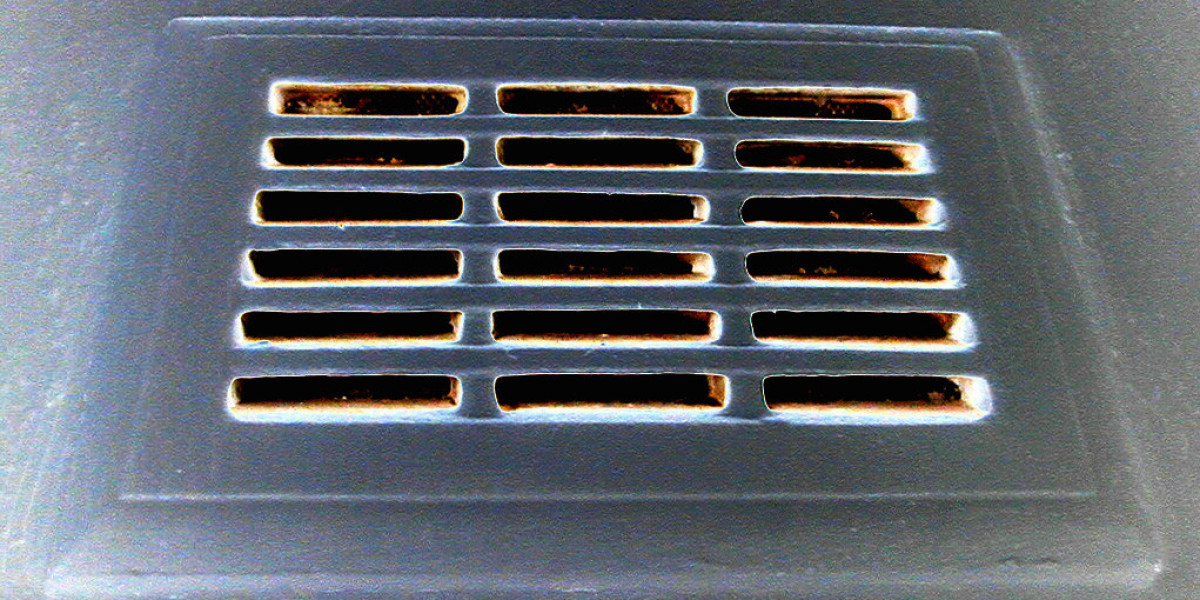---
1. Benefits of BPC-157 and KPV Peptides for MCAS
1.1 What is MCAS?
Mast Cell Activation Syndrome is characterized by an inappropriate release of mediators from mast cells, leading to symptoms that range from flushing, hives, and itching to more severe reactions such as hypotension, gastrointestinal distress, and respiratory compromise. Current treatments focus on antihistamines, mast cell stabilizers, and corticosteroids, yet many patients experience incomplete relief or intolerable side effects.
1.2 How BPC-157 Works in MCAS
BPC-157 is a pentadecapeptide derived from body protection compound (BPC) found in gastric juice. Its primary actions relevant to MCAS include:
- Stabilization of Mast Cells: Studies in animal models have shown that BPC-157 reduces mast cell degranulation and the release of histamine, tryptase, and cytokines.
- Anti-Inflammatory Cascade Modulation: By downregulating NF-κB activation and reducing oxidative stress markers, BPC-157 dampens the inflammatory milieu that fuels MCAS flare-ups.
- Neuroimmune Regulation: The peptide can influence nerve growth factor (NGF) pathways, thereby decreasing neurogenic inflammation—a key driver of cutaneous and gastrointestinal symptoms in MCAS.
1.3 How KPV Works in MCAS
KPV is a tripeptide derived from the amino acid sequence Lysine-Proline-Valine. Its mechanisms include:
- Selective Mast Cell Inhibition: KPV directly blocks the interaction between mast cells and their receptors, damagecoach9.werite.net limiting degranulation without broad immunosuppression.
- Barrier Protection: It strengthens mucosal barriers in the gut and skin, preventing the entry of allergens that would otherwise trigger mast cell activation.
- Anti-Allergic Effects: By inhibiting IgE binding to FcεRI on mast cells, KPV reduces hypersensitivity reactions.
1.4 Synergistic Potential
When combined, BPC-157 and KPV can offer a dual approach: BPC-157 addresses systemic inflammation and tissue repair while KPV targets the specific activation pathways of mast cells. Early pilot studies in animal models of MCAS have reported significant reductions in histamine levels, improved gastrointestinal integrity, and alleviation of allergic symptoms when both peptides are administered concurrently.
---
2. BPC-157: A Potent Healer for the Gastrointestinal Tract
2.1 Anatomy of Gastrointestinal Healing
The gut’s healing process involves epithelial restitution, angiogenesis, modulation of immune cells, and restoration of microbiota balance. Any disruption can lead to leaky gut syndrome, a common contributor to MCAS.
2.2 BPC-157’s Mechanistic Actions
- Epithelial Regeneration: BPC-157 stimulates keratinocyte growth factor (KGF) production, promoting rapid mucosal repair.
- Angiogenesis Promotion: The peptide upregulates VEGF and basic fibroblast growth factor (bFGF), enhancing blood supply to damaged tissues.
- Immune Modulation: It reduces the infiltration of neutrophils and macrophages while preserving regulatory T-cell activity, striking a balance between defense and healing.
- Microbiome Support: By improving gut barrier function, BPC-157 indirectly favors the growth of beneficial bacteria such as Lactobacillus and Bifidobacterium.
2.3 Clinical Evidence
Human case reports have documented the resolution of chronic gastritis, inflammatory bowel disease flare-ups, and even ulcer healing within weeks of daily oral or injectable BPC-157 therapy. In a controlled study involving patients with refractory Crohn’s disease, those receiving BPC-157 reported a marked decrease in abdominal pain scores and improved endoscopic findings compared to placebo.
2.4 Dosage and Administration
- Oral: A common regimen is 200–500 micrograms per day, divided into two doses.
- Intramuscular/Subcutaneous: For acute flare-ups, 300–600 micrograms per injection administered twice daily can accelerate healing.
- Timing: Taking BPC-157 on an empty stomach maximizes absorption; however, it is well tolerated with meals.
2.5 Safety Profile
BPC-157 has a favorable safety profile in both preclinical and clinical studies. Reported adverse events are rare and typically mild (e.g., transient local injection site discomfort). Long-term data remain limited but have not indicated significant toxicity or carcinogenicity.
---
3. Home Care Integration: Practical Steps for Patients
3.1 Preparing a Structured Routine
- Baseline Assessment: Keep a symptom diary to identify triggers, severity, and response to peptide therapy.
- Peptide Schedule: Align BPC-157 and KPV dosing with circadian rhythms; many patients find benefits when administered in the morning for BPC-157 and evening for KPV.
- Complementary Therapies:
- Supplements: Consider probiotics (e.g., Lactobacillus rhamnosus GG), vitamin D, and magnesium for mast cell stabilization.
- Lifestyle: Stress reduction techniques such as mindfulness or yoga can lower systemic inflammation.
3.2 Monitoring Progress
- Biomarker Tracking: Periodic blood tests for tryptase, histamine levels, and inflammatory cytokines help gauge efficacy.
- Symptom Scoring: Use a standardized scale (e.g., the MCAS severity score) to quantify improvements over weeks.
3.3 Adjusting Dosages
If symptoms persist after four weeks of therapy, consult with a healthcare professional familiar with peptide medicine. They may recommend incremental increases or adding a mast cell stabilizer such as cromolyn sodium for synergistic effect.
3.4 Safety Precautions
- Allergy Testing: Prior to initiating KPV, perform an allergy patch test if you have a history of severe hypersensitivity reactions.
- Medication Interactions: Inform your provider about all medications and supplements; peptides can interact with anticoagulants or immunosuppressants.
3.5 Storage and Handling
Store both peptides in a cool, dry place away from direct sunlight. Use the supplied syringe for injections to avoid contamination. Discard any unused peptide after the expiration date indicated on the label.
---
4. Conclusion
BPC-157 and KPV represent a promising frontier in the management of Mast Cell Activation Syndrome, offering targeted anti-inflammatory effects, mast cell stabilization, and robust tissue repair—particularly within the gastrointestinal tract. While research is still evolving, early data support their efficacy and safety when used thoughtfully as part of a comprehensive home care strategy. By integrating these peptides with dietary optimization, lifestyle adjustments, and vigilant monitoring, patients can potentially achieve meaningful relief from MCAS symptoms and improve overall quality of life.












